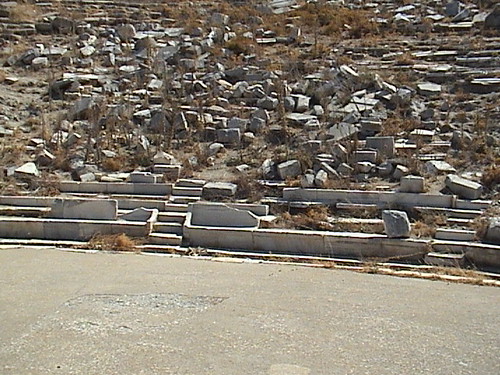
Image : http://www.flickr.com
A recurring theme in all forms of modern art is the attempt to reform civilization through art. In the first half of the twentieth century, this idea was taken quite literally in the realm of architecture. The architect saw himself as a potential savior for mankind. Mies Van der Rohe, the father of the International Style, focused on ideal, purified forms with rectangular shapes.
These intersecting planes were free of ornamentation and challenged the traditional notion of buildings as mass and weight. Steel beams and large panes of glass were increasingly available due to the emerging industrial technology. These materials could be used to create impersonal, universal forms. Through architecture, the proponents of the International Style claimed, man would experience a more egalitarian, rational way of living. The insanity and horror of World War I had demonstrated that man was in desperate need of rational thought and action.
Although appropriate for corporate structures, the new style proved to be too impersonal and unaffordable for the common man. Responses to the International Style included the more organic forms, irregular shapes and textured surfaces of the architect LeCorbusier. Frank Lloyd Wright, the most famous of modern architects, emphasized the relationship between buildings and their natural environments. Other Post-Modernists such as Charles Moore returned to utilizing references to tradition to create delightfully ornate structures.
Likewise, the attempt to focus on rational forms extended into the realm of fine art and applied crafts. The Bauhaus, a school of modern art formed in 1918, produced designs with simple forms and clean surfaces which could be mass-produced. These prototypes were intended as low cost alternatives which would be both attractive and utilitarian.
Instead, some critics interpreted them as anti-human. Responses to these designs included the organic, decorative Arts and Crafts movement in England and Art Noveau in general. Ironically, the rationalism exemplified in the sterile forms of the International Style was eventually replaced in both architecture and fine art by movements such as Surrealism which were a conscious exploration of man's hidden, irrational nature.
Kathleen Karlsen, MA is an artist, writer and design consultant residing in Bozeman, Montana. Fine art and unique gifts by Kathleen and other selected artists can be found at http://www.livingartsoriginals.com Visit us today to find a wonderful addition to your home decor or a gift for someone special! For an extensive article about flower symbolism see http://www.livingartsoriginals.com/infoflowersymbolism.htm